Tree trimming is an important part of tree care and maintenance. It is a process that involves strategically pruning away branches and foliage to shape a tree’s size and appearance, while also helping to ensure the tree’s health and longevity. While there are many different techniques for trimming trees, it is important to remember that no one technique works for all trees. The best way to ensure that your trees look their best and stay healthy is to have a professional arborist assess your trees and advise you on the best trimming practices for your particular tree species.
This article provides an overview of the tree trimming process, including what it entails, why it is important, and how to find a qualified arborist to do the job properly. The first step in trimming a young tree is deciding which branches need to be trimmed. Branches that are too close together, are growing in an undesirable direction, or are dead should be removed. Also, any branches that are rubbing against each other can be trimmed to prevent damage. Once you’ve identified the branches that need to be trimmed, you can start the process.
It’s important to use the right tools when trimming young trees. Pruning shears are the most common tool used, but a saw may be necessary for larger branches. Make sure to sharpen the blades before using them and always wear protective gloves when handling pruning shears and saws. When trimming the branches, make sure to cut them at an angle just above a bud or node. This will ensure that new growth will come in from the bud or node and that the branch won’t regrow in an undesirable direction.
In addition to using the right tools and cutting at the correct angle, it’s important to leave enough foliage on the tree. Removing too much foliage can stress a young tree and cause it to become weak or even die. If you’re not sure how much foliage to leave, consult a professional arborist or a local nursery for advice. Finally, it’s important to be aware of potential risks when trimming young trees. If done incorrectly, it can lead to infection or even death of the tree.
It’s best to consult a professional arborist if you’re unsure how to properly trim your tree.
The Best Techniques for Trimming Young Trees
Pruning Shears - Pruning shears are the most common tool used for trimming young trees. They are designed to easily cut through smaller branches and give you a clean, precise cut. Make sure to cut at an angle just above a bud or node and leave enough foliage on the tree.Saw
- If you need to cut larger branches, a saw is necessary.It is important to use a sharp saw blade to avoid damaging the bark of the tree. Again, make sure to angle your cut just above a bud or node and leave enough foliage on the tree. If you’re not sure how much foliage to leave, it is best to consult with a professional arborist for advice. Trimming young trees is an important part of caring for a home or business’s landscape. When done correctly, it can help keep them looking healthy and boost their growth.
It’s important to use the right tools and techniques and be aware of potential risks when trimming young trees. Consult a professional arborist if you’re unsure how to properly trim your tree. Knowing the best techniques for trimming young trees and having the right tools can make the process much easier and safer, ensuring that your landscape remains beautiful for years to come.
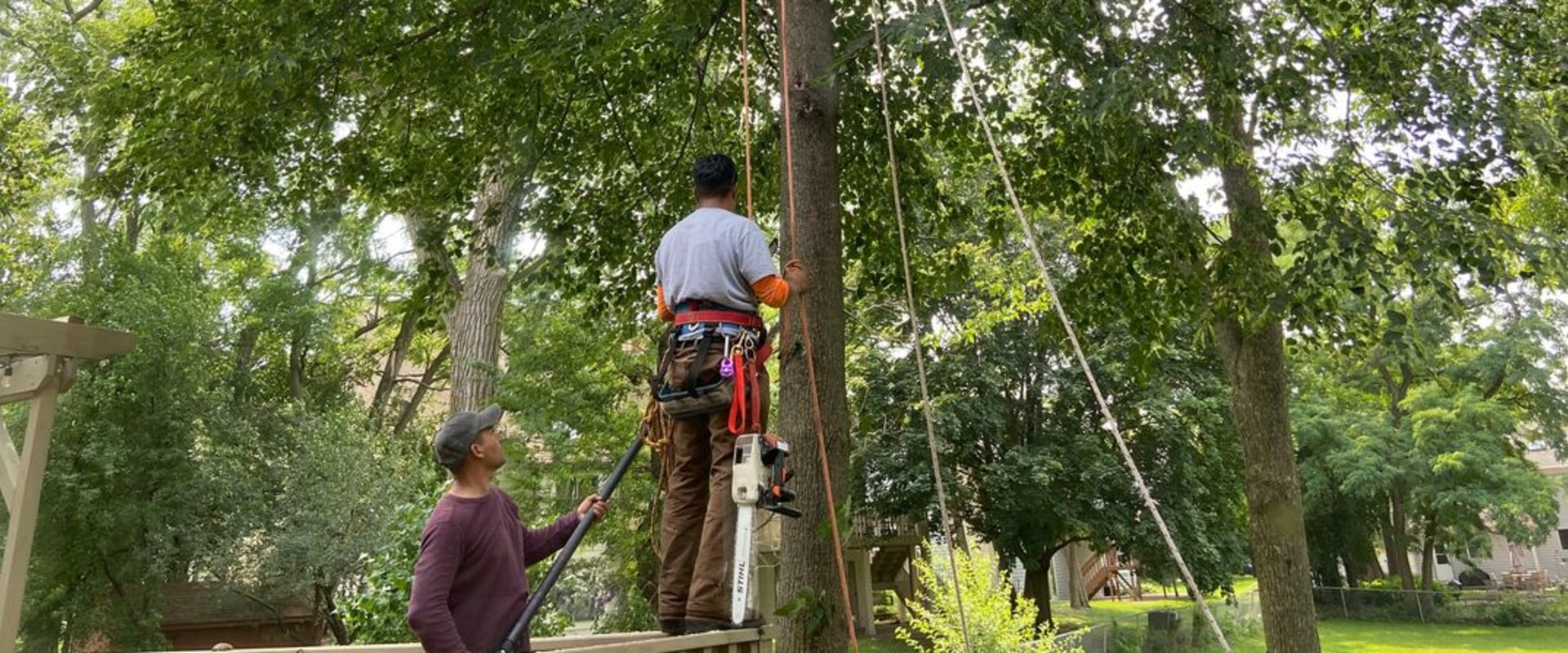
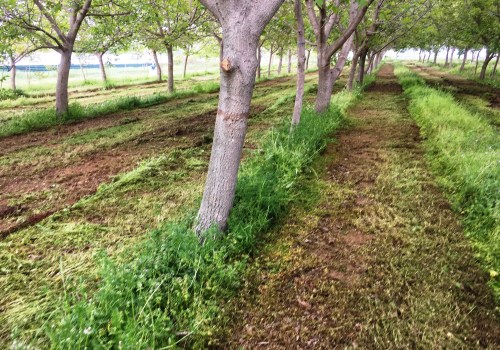
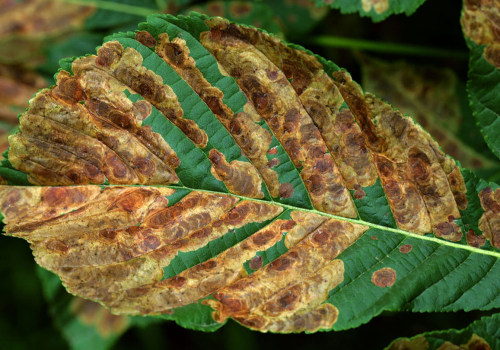
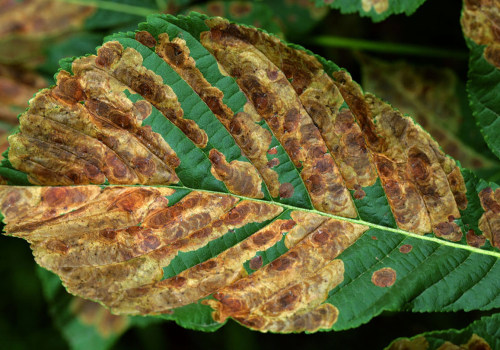
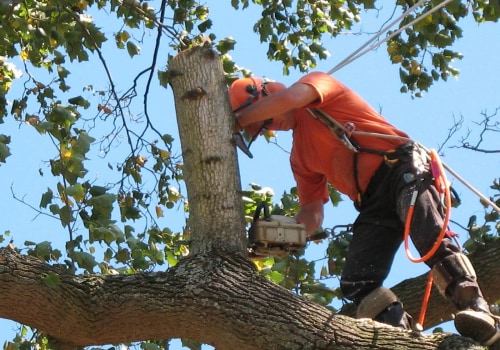
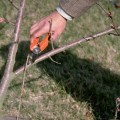
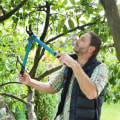
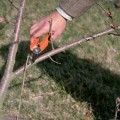
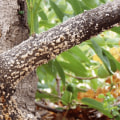

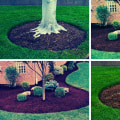
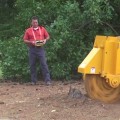
Leave Message